Introduction to Policy Focus 2025
In the rapidly evolving landscape of renewable energy and environmental sustainability, the policy focus for the year 2025 underlines the growing interest in both securing lithium supplies and promoting material回收 processes. This policy aims to maintain a balance between the demand for lithium, a crucial element in the production of advanced batteries, and the need to mitigate the environmental impact of obtaining this resource. Continuous advancements in technology and increased reliance on electric vehicles hastened this strategic focus on responsibly sourcing lithium to support global energy transition.
Lithium Mines Dispute and Resource Control
The "lithium mine dispute" arises from the escalated competition among countries to secure resources of lithium, widely recognized as a key strategic metal for the 21st century. Lithium forms the backbone of high-performance batteries that power electric cars and energy storage systems – two sectors rapidly growing due to their environmental benefits and global climate policy goals. Countries such as China, the United States, and European nations are increasingly turning to domestic exploration and international partnerships to establish control over lithium mines and ensure their supply security.
Governments are faced with the challenge of not only securing access to these finite resources through lithium mine acquisition, but also ensuring that these processes align with global efforts to reduce environmental degradation and promote sustainable development. Hence, policy directives are frequently revised and updated to keep up with the escalating international tensions over lithium.
Advantages of Lithium Sourcing through Partitioning and Recovery
"Lithium recycling" stands as a viable alternative to lithium mining, emphasizing lower environmental impact and a circular economy approach where waste lithium materials are collected, processed, and reintroduced into the production cycle. Both the process of lithium mining and recycling hinge upon resource management and environmental stewardship, with lithium recycling offering a number of advantages that policymakers must consider:
- Reduced pressure on lithium sources, thereby preserving natural reserves and reducing competition over finite resources. - Lowered environmental impact with less land disturbance, less water consumption, and decreased emissions in the extraction phase. - The potential for creating domestic industries that specialize in the collection, processing, and transformation of lithium waste products, fostering new markets and economic growth.
The Role of Technology in the Lithium Sector
Advancements in recycling technology and the maturation of energy technologies play a pivotal role in facilitating both lithium mining and recycling endeavors. Notably, as interest in electric vehicles amplifies, the demand for lithium spikes. To address this, novel technologies are being developed to extract lithium more efficiently and effectively from its ores, as well as to enhance the extraction process from end-of-life batteries.
Investment in research and development is crucial for breaking down technical barriers in both lithium mining and recycling sectors. Governments around the world are fostering innovation through financial incentives, tax credits, and grants aimed at enabling breakthrough technologies for lithium extraction and recovery.
Global Collaboration and Policy Integration
Global collaboration is essential in the management of lithium resources due to the limited geographical distribution of lithium reserves. Joint initiatives between nations can mitigate the geopolitical disputes over lithium mines and optimize global resource utilization. Cooperation in the area of research, trade, and regulatory standards can help promote better technology exchange and sustainable practices.
Policy integration at an international level is vital to align practices between countries and harmonize environmental regulations. This integration not only involves sharing best practices but also aligning incentives to encourage more efficient and eco-friendly lithium extraction and recycling processes.
Environmental Policies and Sustainable Resource Management
Under the mantle of the 2025 policy focus, environmental policies play an increasingly significant role in guiding how lithium is sourced and managed. Regulations are being pushed to not only protect ecosystems from the adverse effects of lithium extraction but also to address the lifecycle impact of lithium-based products.
Policy subsets in this area include stringent environmental impact assessments for proposed lithium mines, standards for residue management, and requirements for lithium recycling operations to maintain high environmental and ethical standards. The aim is to create a coherent framework that accommodates the upliftment of recycling technologies and encourages their integration into mainstream lithium supply chains.
Conclusion: Balancing Supply and Sustainability
Caught between the nexus of technological advancement and ecological imperatives, the 2025 policy focus on lithium illustrates the multifaceted nature of resource management in the modern world. The balance between securing lithium supplies through lithium mines and adopting sustainable practices through lithium recycling presents policymakers with a complex but crucial challenge. By advancing technologies, fostering cooperation, and implementing robust environmental policies, nations can work towards ensuring both a stable supply of lithium for the burgeoning renewable energy industry and protection of our planet's precious resources.

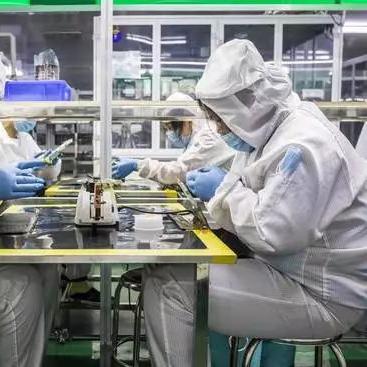




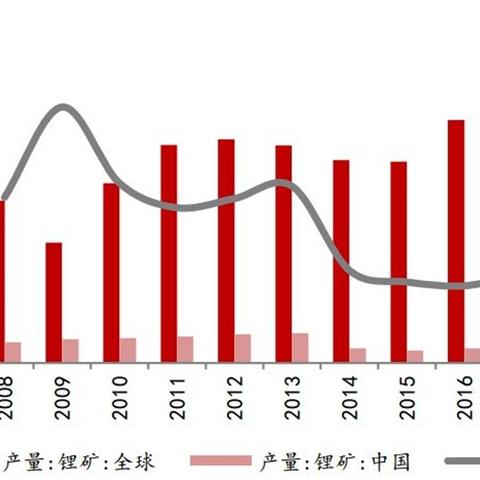
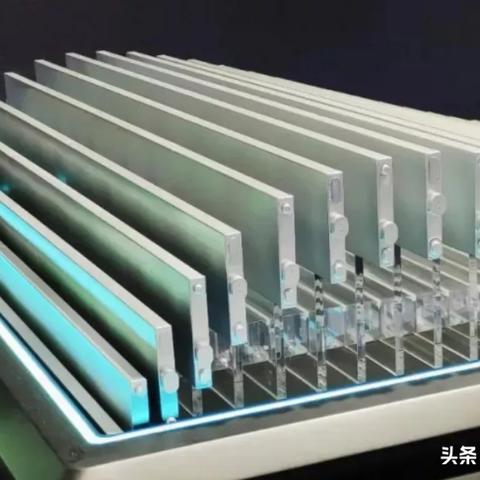

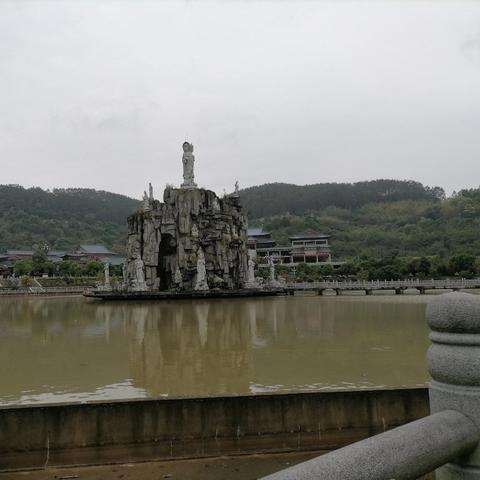
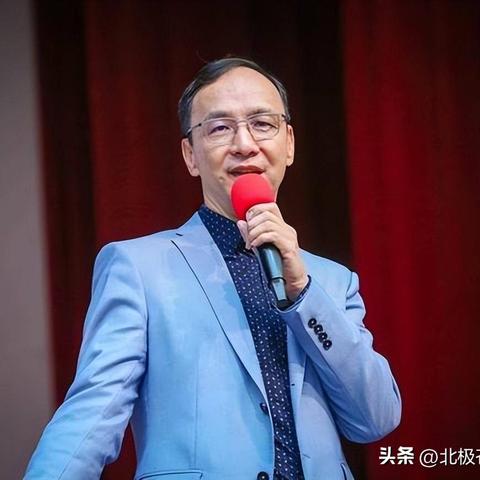
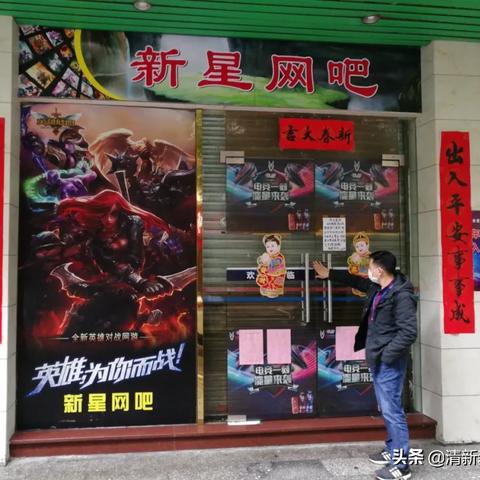

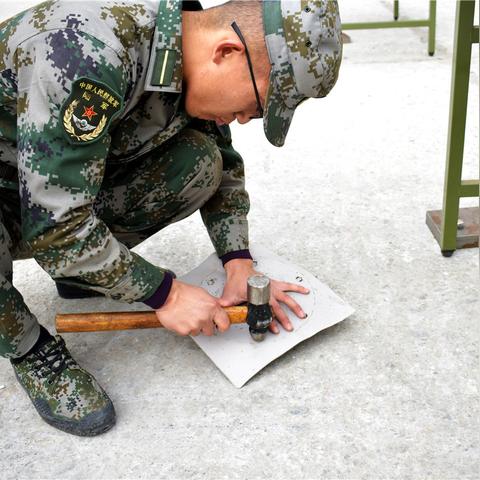


 琼ICP备2023003230号-1
琼ICP备2023003230号-1
还没有评论,来说两句吧...